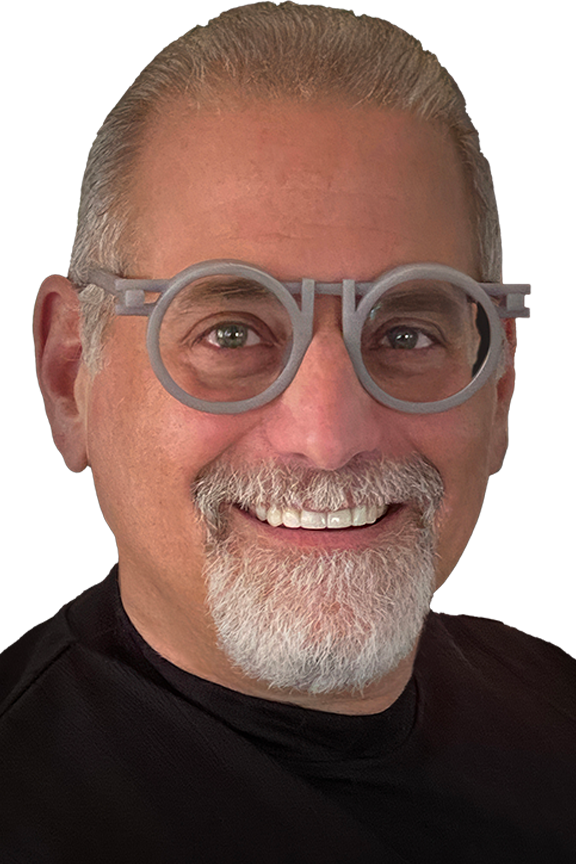
My artistic journey has explored the intersection between visual communication and social change, serving as a testament to the profound connection between knowledge and artistic expression, which enriches each other continuously.
Given the inherent demands of my craft, swift command of attention is a foundational requirement. I achieve this effect by embracing the principles of minimalism and harnessing the dynamic interplay of contrast. The genesis of my creative journey lies in meticulous research and thoughtful conceptualization. Central to my artistic ethos is the integration of narrative into the very essence of my work. This interweaving of storytelling functions as a conduit, enabling the audience to transcend the confines of reality and imbuing concepts with a profound and lasting resonance.
As a professor, I am dedicated to nurturing the minds of young artists and designers, guiding them to see beyond the surface and explore the underlying concepts that give art and design their profound significance. This commitment to education informs my artistic practice, as I believe that my work should serve as both a personal expression and an educational vessel.
About Professor Scott Laserow
Scott Laserow is a Full Professor of Design and Illustration at Temple University’s Tyler School of Art and Architecture in Philadelphia, Pennsylvania, where he has taught for 35 years. His curriculum spans both traditional and contemporary design practices, encompassing graphic design, branding, identity systems, page layout, packaging, and poster design, as well as emerging technologies such as artificial intelligence, animation, augmented reality, digital publishing, tablet applications, and web design and development.
With a professional practice extending over three decades, Professor Laserow has developed a multidisciplinary approach to design that integrates print, digital, interactive, and motion-based media. His work—both client-based and self-initiated—has received significant recognition, including more than 75 peer-reviewed national and international awards. His designs have been featured in over 80 juried publications and exhibited in more than 60 peer-reviewed exhibitions across 18 countries.
Since 2004, Professor Laserow has increasingly focused on poster design as a powerful medium for visual communication and social commentary. His posters address a wide range of social, environmental, and political issues and have been included in numerous international exhibitions, publications, and permanent collections. In addition to his creative practice, he has served as a juror and referee for several international poster competitions, contributing to the critical discourse surrounding contemporary design.
In 2020, Professor Laserow co-authored the book Making Posters: From Concept to Design with Natale Delgado. This publication presents a comprehensive exploration of the poster as a medium for visual communication, integrating theoretical frameworks with practical methodologies. Featuring over 300 poster examples from around the world, the book serves as both a pedagogical resource and a reference for practitioners. It has been adopted in design curricula internationally and is widely used in university classrooms as a foundational text in poster design education.
